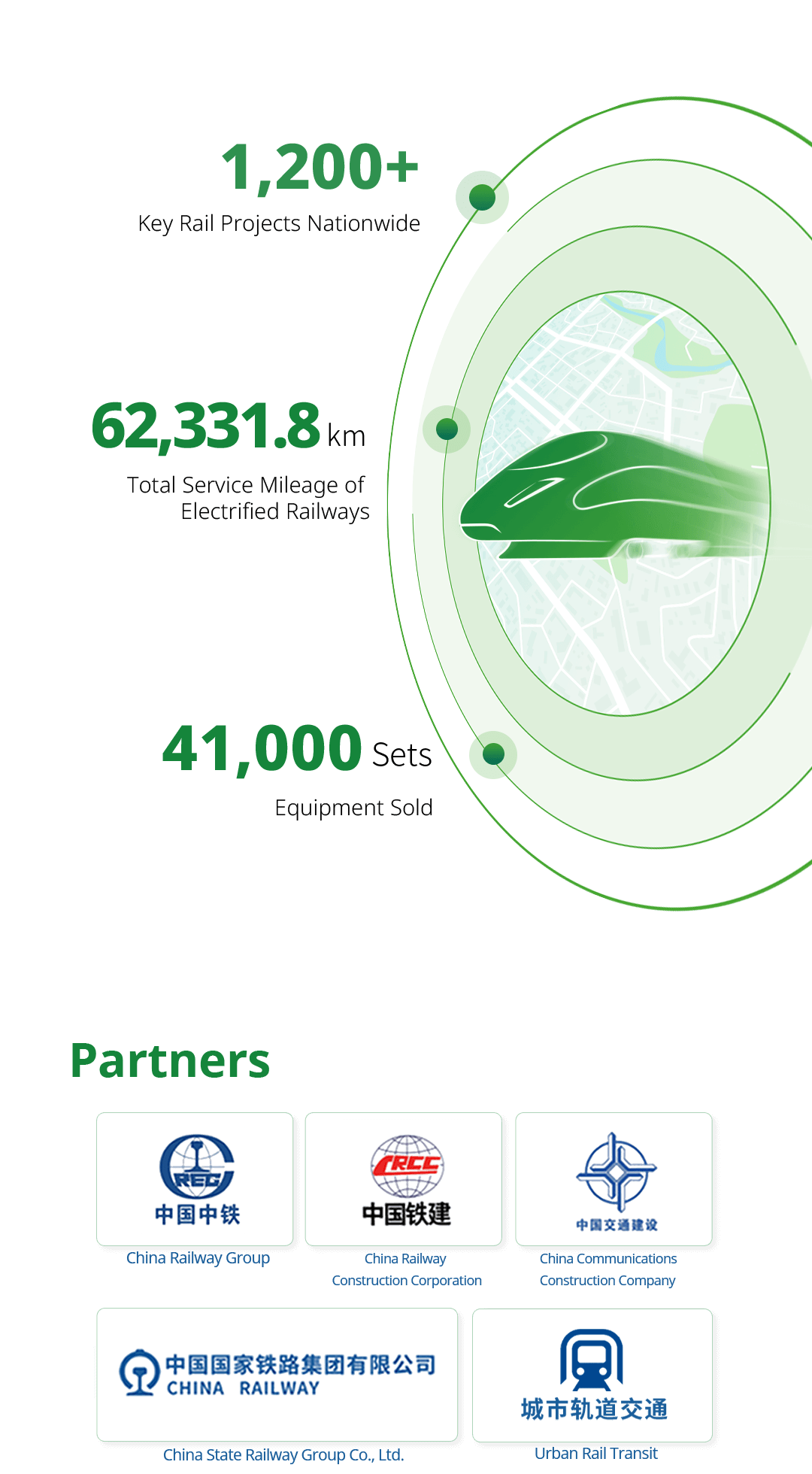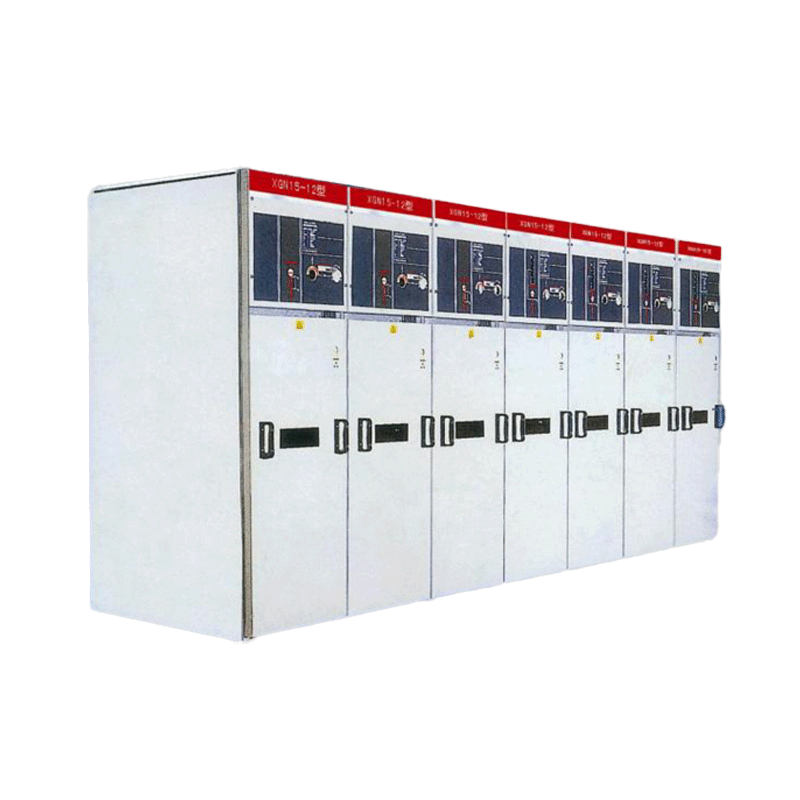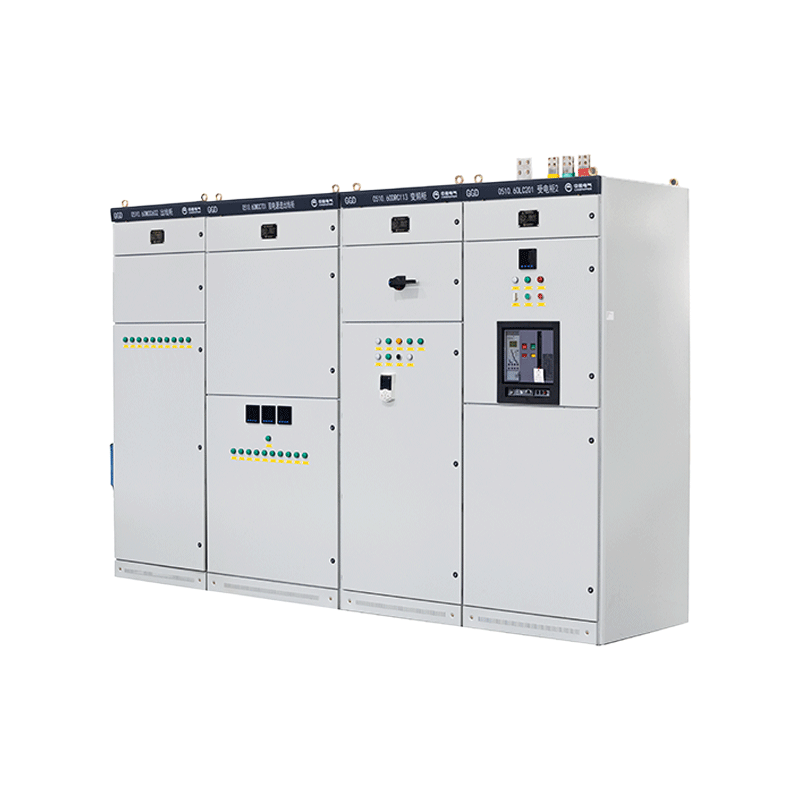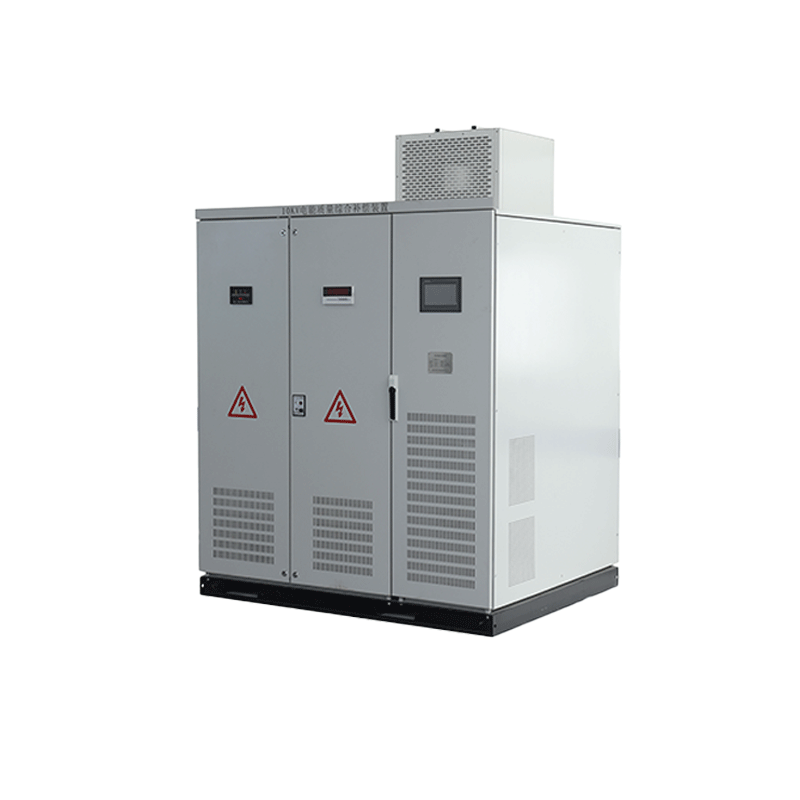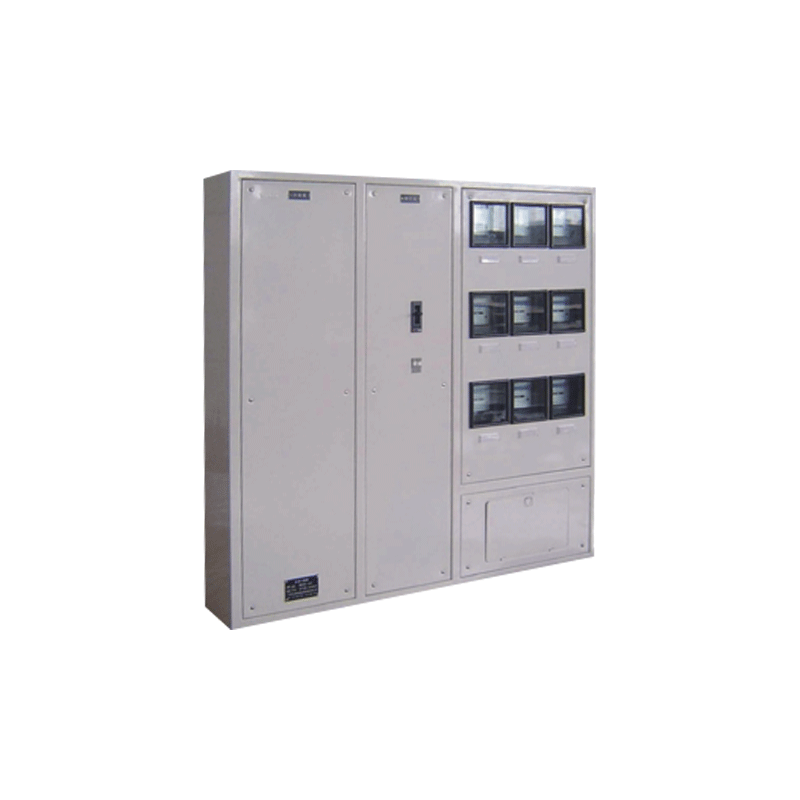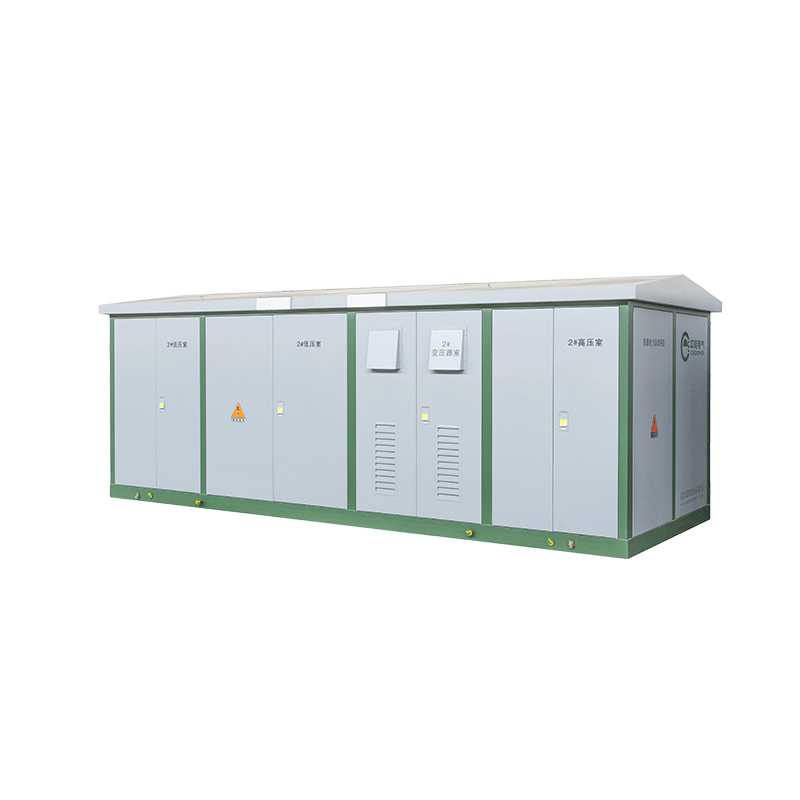Solar trackers are a type of device with photovoltaic (PV) panels, which accurately tracks the path of the Sun throughout the day. Typically, a solar tracking system adjusts the face of the solar panel or reflective surfaces to follow the movement of the Sun. The movement of solar trackers increases the solar energy output by up to 40% than standard panels. Solar trackers are increasingly used in both residential and commercial-grade solar panels due to improved and more efficient solar trapping technology.
Types of Solar Tracking Systems
Solar tracking systems can be classified by the mode of their motion.
There are axes for a moving surface: two horizontal axes and one vertical axis.
The surface can be rotated around each axis (tilted) to get the right angle for receiving the maximum sunlight.
When movement or adjustment of the surface happens by rotating around one axis, it is called single-axis tracking.
On the other hand, when the rotation of the surface happens around two axes simultaneously, it is called dual-axis tracking.
Application of Single-Axis Tracking System
Single-axis trackers usually move from the east to the west and follow the Sun’s direction.
Single-axis trackers have only one angle that is used as the axis of rotation. This type of tracker can increase electricity production by more than 30%.
These trackers provide an efficient, simple, and low-cost way to improve the functioning of solar installations.
Also, these trackers can optimize the performance of the Sun during the summer and spring seasons, when the Sun is in a higher position in the sky.
The usefulness of single-axis trackers, however, drops as they move farther towards the North. It is because the variance of the solar angle is higher between the summer and winter seasons.
Also, the performance drops during the other times of the year for the horizontal position of the Sun. At higher latitudes, vertical axis trackers work better.
This way, solar arrays or panels can track the position of the Sun during winter as well as summer.
Now, let us talk about different types of single-axis trackers such as horizontal, vertical, tilted, and polar aligned.
Horizontal Single-Axis Solar Tracker (HSAT)
Horizontal single-axis solar tracker rotates from east to west throughout the day on a fixed axis which is parallel to the ground.
This type of tracker is considered the most cost-effective tracker geometry in many applications.
Single-axis horizontal trackers can follow the Sun’s movement from the morning to evening across the sky.
An HSAT structure may be supported at many points along the rotating axis and therefore requires less complexity and less material for construction than other tracking geometries.
The horizontal tracking geometry is more preferred as it reduces the structural material requirements by keeping the modules at a relatively low profile to the foundation.
Also, no special connection is needed to rotate the system about its center of gravity.
Horizontal Tilted Single-Axis Solar Tracker (HTSAT)
This type of single-axis solar tracker is similar to the HSAT. However, the device is installed at a certain tilt.
Tilted-axis tracking systems are relatively more complex than horizontal single-axis trackers and usually require a concrete foundation.
HTSATs are tilted upward and toward the south or the northern hemisphere and rotate the panels from east to west throughout the day to track the Sun’s movement.
Because HTSATs are more complex, they may be expensive. Also, the potential requirement to have a concrete foundation adds up cost.
Generally, HTSATs is not scalable, which means the mechanical components are not shared between units. Due to this, the cost per panel may not be lower in larger arrays.
Vertical Single-Axis Solar Tracker (VSAT)
Vertical single-axis solar trackers or VSATs rotate from east to west following the Sun throughout the day.
These systems are often installed in high-altitude or mountainous locations.
The profile of VSATs is not parallel to the ground, because of which it is easier for these trackers to maintain a consistent angle of solar incidence when the Sun is lower in the sky.
This is particularly beneficial in northern latitudes, for example, between 40° and 55°. However, unlike planar horizontal arrays, vertical field layouts need to accommodate the taller profile of the vertical tracker and spread units out to avoid self-shading and energy losses.
As a result, vertical single-axis trackers tend to have a relatively lower power density per acre.
Vertical-Tilted Single-Axis Solar Tracker (VTSAT)
This type of tracker is similar to a horizontal, tilted single-axis tracker. The only difference is that the tilt is parallel to a horizontal position and rotates on a vertical axis.
These trackers can also improve energy harvest compared to horizontal trackers. However, due to the optimal tilt angle, the tilted single-axis trackers are subject to increased wind loading compared to horizontal units.
In VTSTATs, structural requirements are higher, and as a result, more steel and concrete are used compared to a horizontal array.
Advantages of Single-Axis Solar Tracking System
Single-axis trackers have a single degree of flexibility that serves as an axis of rotation, which is generally aligned along a North-South path. Major advantages of single-axis trackers include:
-
Single-axis trackers are more reliable.
-
Single-axis has a longer lifespan than dual-axis trackers.
-
Single-axis trackers are cheaper than dual-axis trackers because they have a simple mechanism and operate at a low cost.
-
Single-axis trackers are ideal for companies with a lower budget or generally cloudy areas.
-
Single-axis trackers are nearly 32.17% efficient compared to a fixed solar tracker mount panel.
-
These trackers follow the Sun from East to West, providing consistent power output all day long.
-
The trackers generate 15-16% higher annual power as compared to a static station of the same installed capacity.
-
Single-axis trackers provide the highest density of PV panel placement per square.
-
The payback period is lesser for the investment of the solar project, and a significant increase in profits.
Installation of a solar tracking system may require some additional parts and gears to add to the solar panel system, and they require maintenance from time to time as well.
Disadvantages of Single-Axis Solar Tracking System
-
Energy output is lower by single-axis tracker during sunny conditions compared to dual-axis trackers
-
Limited technological upgrade.
Application of Dual-Axis Solar Tracking System
Dual-axis trackers have two rotation axis degrees, which are called the “primary axis” and the “secondary axis.”
The rotational axis can move downwards or upwards to adjust with the angles of the Sun throughout the day.
Dual-axis tracking allows for the most accurate orientation of the solar device and is said to provide 40% more output through energy absorption. However, these solar trackers are more complex and expensive.
Dual-axis trackers continually face the Sun as they can move in two different directions. There are two types of altitude-based dual-axis trackers — tip-tilt and azimuth-altitude.
Typically, dual-axis tracking is used to orient a mirror and redirect sunlight along a fixed axis towards a stationary receiver.
As these trackers track the sun’s path vertically and horizontally, they help obtain maximum solar energy.
Azimuth-altitude dual-axis trackers can solve both issues. However, these trackers can be expensive and add nearly $3,500–$6,500 to the solar installation cost.
The function of dual-axis trackers depends on vertical and horizontal pivots, which are controller-guided similar to solar telescopes. These are quite costly, and their usage is generally limited to solar energy systems of commercial grade.
The accurate tracking of dual-axis solar trackers is also used in a focused solar application, such as mirrors that direct sunlight receivers and convert sunlight into heat.
Advantages of the Dual-Axis Solar Tracking System
-
Dual-axis trackers follow the Sun continually and provide constant power output throughout the day.
-
These solar trackers provide a reasonable solution in cases of the limited power capacity of the connection to the grid.
-
Dual-axis trackers need smaller space and provide an opportunity to use the remaining area around for other additional purposes such as car parking, gardening, and others.
-
These trackers generate 45-50% higher power output per year, as compared to a static station of the same installed capacity;
-
Dual-axis trackers provide the optimal solution for areas that may hinder solar productivity. Some of these areas could be a complicated structure of the ground, complicated relief, stone protrusions, descent towards the North, and others.
-
The payback period on investment is lower in the case of dual-axis trackers.Also, there will be a significant increase in profits during their lifespan.
Disadvantages of Dual-Axis Tracker
-
Dual-axis trackers have higher technical complexity, which makes it potentially vulnerable to glitches.
-
These trackers have a shorter lifespan and lesser reliability.
-
Low performance in cloudy or overcast weather
Other Types of Solar Trackers:
Passive Trackers
Passive solar trackers use a compressed gas fluid with a low boiling point that rotates to one side or the other to make the tracker move in response to an imbalance.
As this type of orientation is not precise, it is not suitable for certain types of concentrating photovoltaic (PV) collectors but works fine for common PV panel types.
Active Trackers
Active trackers, on the other hand, use motors and gear to direct the tracker by a controller, responding to the solar direction.
Because the motors consume energy, they need to be used when it is necessary.
The Future Scope of Solar Tracking Systems
Solar trackers, be it single-axis or dual-axis, can help generate the optimum level of solar power.
This is why it is important to decide which type of tracker is suitable considering various factors, including the terrain, climate, and the type of solar panels that are being used.
If you are a solar installer, depending on the budgetary constraints of your client, the terrain and climate, and the lifespan of the system, you need to consider the key factors to make the right decision.
Now, when it comes to the future of the solar tracker industry, it seems pretty bright. In 2018, the estimated size of the global solar tracker market was $2.92 billion, according to the Grand View Research.
The market is expected to expand at a CAGR of 14.1% by 2025 due to the growing demand for solar cells or photovoltaic cells. This growth rate is expected to continue in the coming years.










